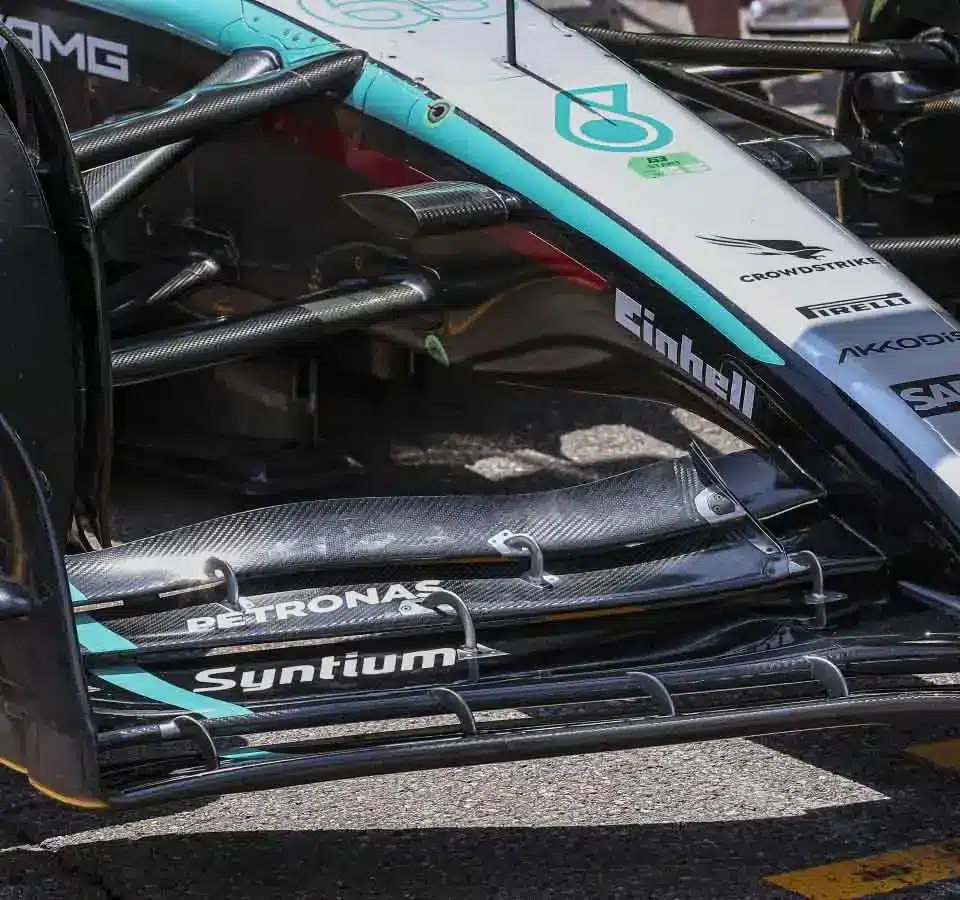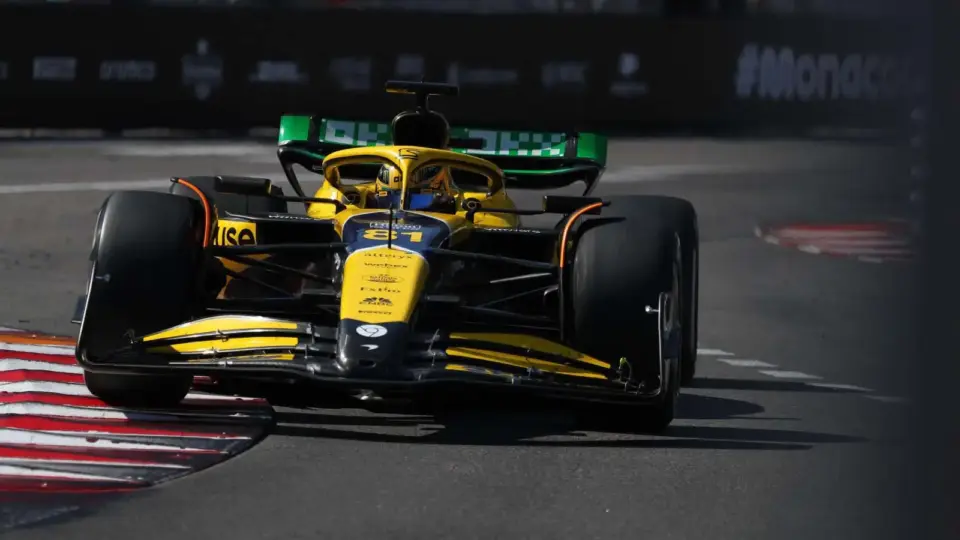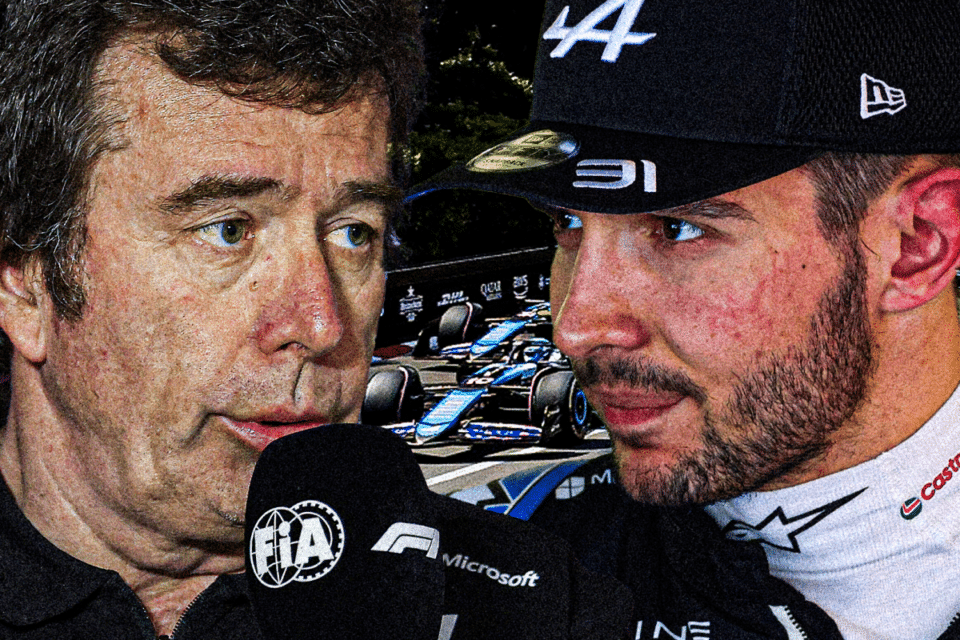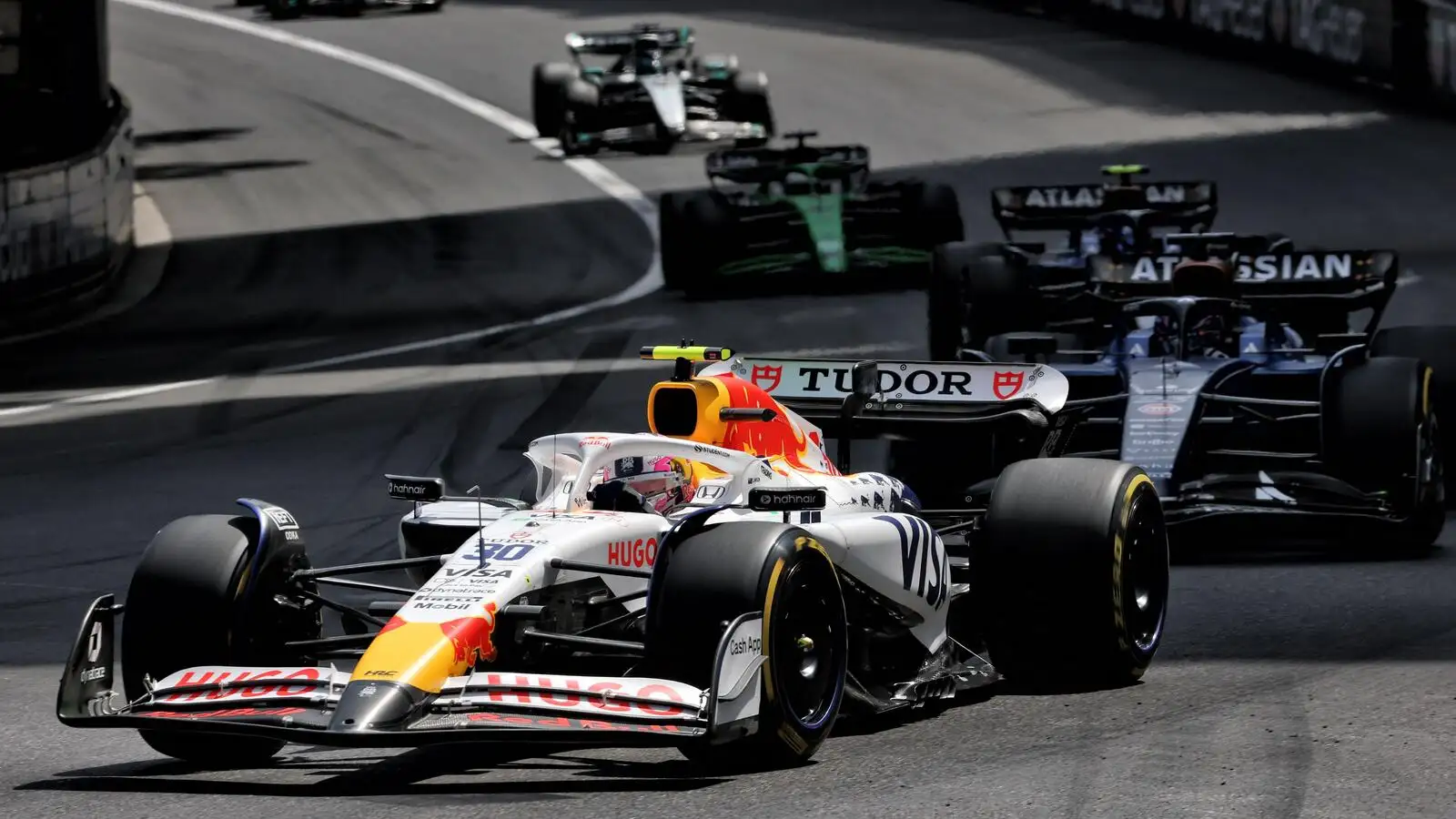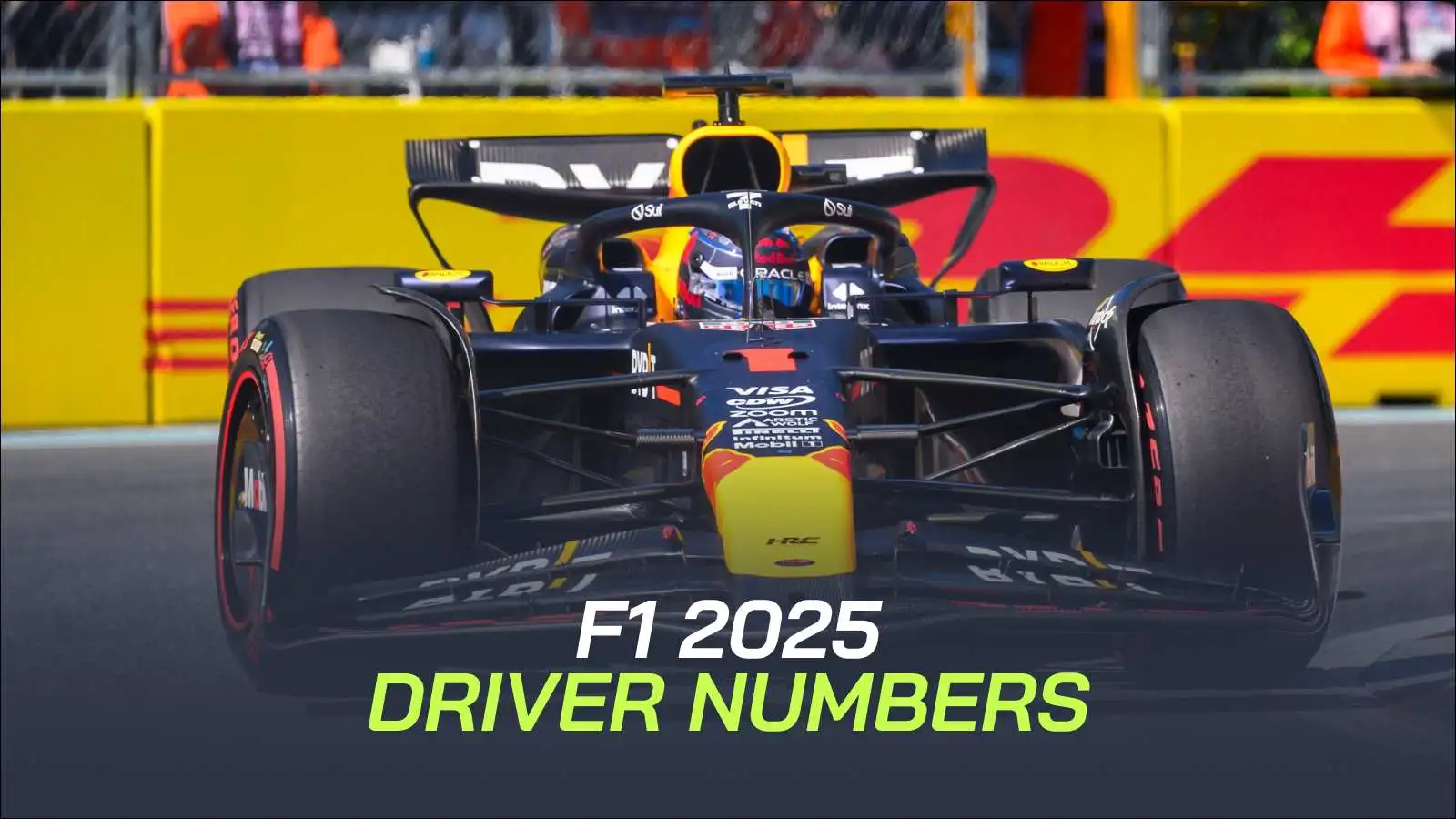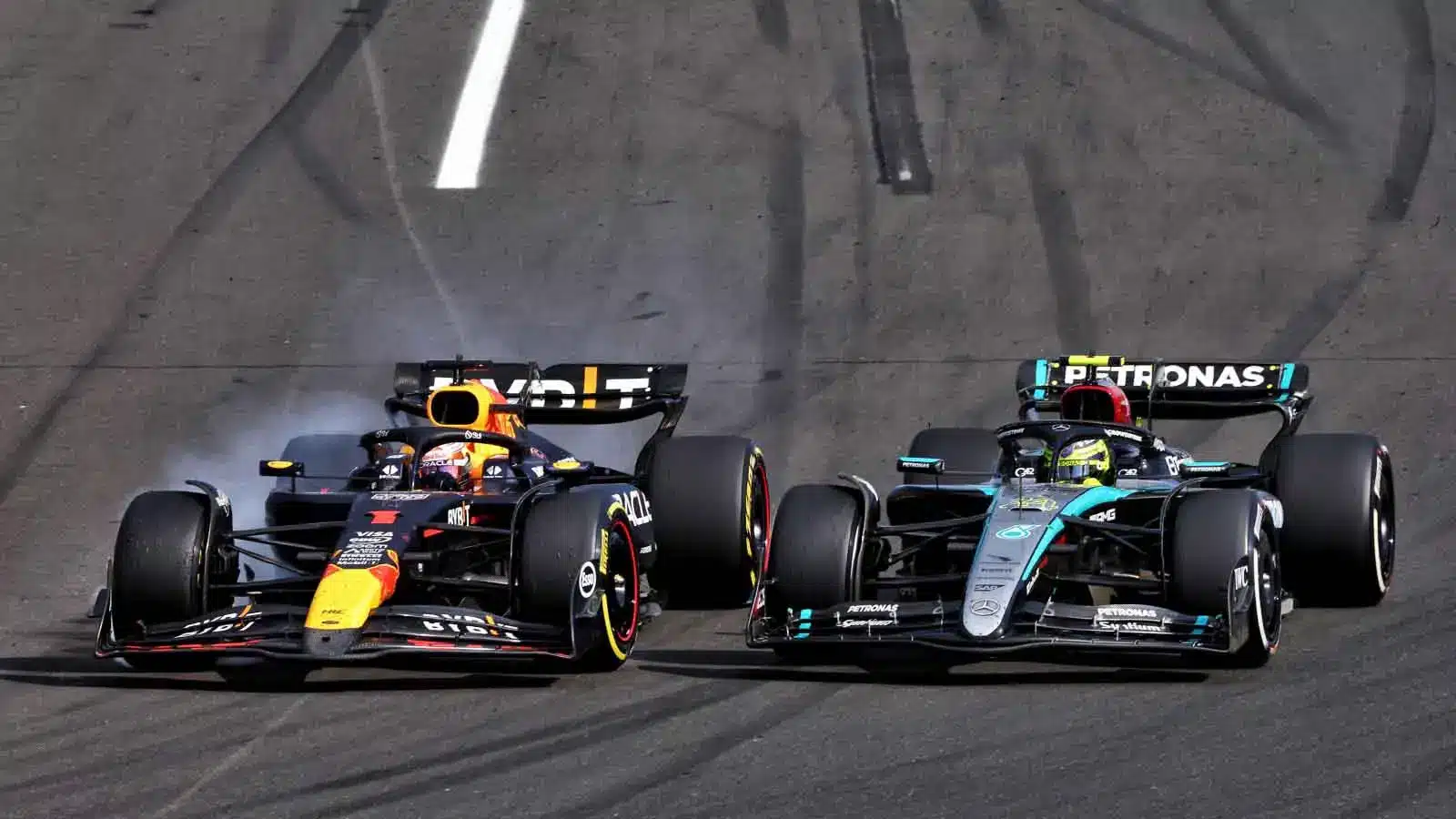Mercedes brought an upgraded front wing to the W15 at the Monaco Grand Prix, a move expected to be replicated on both cars in Canada. The start of the 2024 season hasn’t been ideal for Mercedes, with the team grappling to find the necessary performance and consistency to compete at the top.
In an effort to address their issues, Mercedes introduced a radically different front wing. This upgrade aims to help turn their season around, which has seen the team that once dominated now struggling and notably off the pace compared to their nearest rivals. Their best result this season was in Monaco, where George Russell finished P5 and Lewis Hamilton P7—Hamilton did not have the new front wing for that race.
After eight races, Mercedes finds itself in fourth place in the Constructors’ Championship, with third-placed McLaren nearly doubling their points. The decline in performance is stark, given that last season, Mercedes comfortably held P2 ahead of Aston Martin, Ferrari, and McLaren. This drop-off raises a serious question: how can such an experienced team find itself in this position?
[twitter-embed-display twitter_url=’https://twitter.com/RosarioGiuliana/status/1757764541281120421′]
The Brackley-based team has been experimenting with different strategies since the new generation of cars was introduced. At the start of the 2022 season, they were alone in pursuing a zero-sidepod concept, which quickly proved unsuccessful. Mercedes took a year and a half to abandon that approach, and the repercussions are still felt today.
This season, they introduced an alternative front wing featuring a ‘legality wire’ aimed at enhancing airflow to the car’s floor and undercut region, boosting speed. Theoretically, this element was supposed to generate a strong vortex that would help remove dirty air from the front wheels. Known as the Y250, this vortex was a crucial element in older car versions.
According to Rosario Giuliana, the new front wing could potentially exploit these vortices to their advantage. However, questions remain about whether the FIA will approve this design. Mercedes has now removed the legality wire from the last element of the front wing, and visible changes can be seen on the endplate, nose cover, and mainplane lines. The new design aims to generate more consistent downforce across various conditions and corner types.
The lower flap of the front wing is noticeably narrower in the outboard section, while the flap above it is wider. This modification allows engineers greater control over the moveable flap sections, facilitating better adaptation to different tracks. Albert Fabrega noted that in Monaco, Russell tested the new wing while Hamilton used the older version, providing valuable data for comparison.
The true test of the new design will be at the Canadian Grand Prix, known for its slow corners. Although the nature of the Monaco track didn’t fully showcase the new wing’s capabilities, Mercedes likely gathered useful data comparing the two versions. Mercedes has also announced several other upgrades expected to debut in Spain and Belgium.
The engineering team is hopeful these innovations will bring Mercedes back into the fierce competition currently led by Red Bull, McLaren, and Ferrari.
It remains to be seen if these upgrades will help Mercedes reclaim their dominance in Formula 1. All eyes will be on the forthcoming races as the team gears up to make its mark once again.
